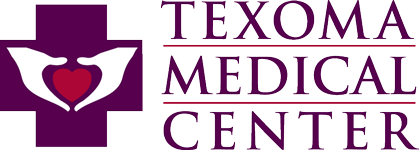What to expect before, during and after a stroke
 When a stroke happens, every minute counts. Understanding the timeline of a stroke can help you be prepared to act quickly and tackle the recovery journey.
When a stroke happens, every minute counts. Understanding the timeline of a stroke can help you be prepared to act quickly and tackle the recovery journey.
While strokes can occur seemingly out of the blue, it is important to understand that there are several factors that increase the likelihood of a stroke, including high blood pressure, diabetes, high cholesterol levels, heart disease, smoking, age and family history. If you or a loved one is at an increased risk, knowing this can be the difference in receiving life- and function-saving care.
Lead Up to a Stroke
A stroke can be caused by two major factors: a blockage or a rupture of an artery delivering blood to the brain. An ischemic stroke is a caused by a blocked artery. A hemorrhagic stroke involves bleeding into the brain tissue from a ruptured blood vessel.
In both kinds of stroke, brain cells stop receiving the flow of oxygen-rich blood that they need. Deprived of oxygen, nerve cells cannot function and begin to die within minutes. When these nerve cells die, the parts of the body they control are impacted and may cease working, too.
During a Stroke
A person having a stroke loses about 2 million brain cells a minute during a stroke, according to the American Heart Association®. This is what causes the telltale symptoms, which can include:
- Loss of balance
- Blurred or double vision
- Facial drooping
- Numbness in the arms or legs
- Slurred speech
Don’t waste time. Call 911 if you notice any of these symptoms.
Also: Take note of the last time when the person was well, as this can help determine treatment options.
At the Emergency Room
Diagnosis and treatment of a stroke needs to happen within 3 hours of the time of onset of symptoms or the consequences are likely to be serious or even fatal. Upon arrival at the hospital, the stroke team will act quickly.
After a physical exam, a doctor will order a CT scan to determine what is happening in the brain. Once the type of stroke is identified, treatment can start.
Ischemic strokes are treated by restoring blood flow to the brain. The standard treatment provides tissue plasminogen activator (tPA), a medicine that breaks down the blocking clot and restores blood flow to the brain.
Hemorrhagic strokes are usually treated surgically, to control the bleeding and reduce pressure in the brain. This is done by locating the rupture, which is known as a brain aneurysm, and stopping the bleeding.
Hospital Stay
The average hospital stay after a serious stroke ranges from five to seven days. A stroke can cause long-term effects that require ongoing care and recovery treatment. Depending on the stroke’s severity and the area of the brain that was affected, effects can include:
- Memory problems
- Difficulty speaking
- Weakness and paralysis
- Anxiety and depression
- Fatigue and difficulty sleeping
To treat the patient’s symptoms, physical, occupational, speech and/or psychological therapy sessions are conducted up to six times a day during the stay at the hospital.
Ongoing Rehabilitation
Checking out of the hospital is often the start of a new chapter in treating the long-term effects of stroke. Outpatient rehabilitation might be recommended, for three months or more, to restore function close to pre-stroke levels.
Physical, occupational, speech and/or psychological therapy continues depending on the individual patient.
Rehabilitation can provide a slow improvement of function, which is why it’s important to continue treatment to address ongoing impairments.
